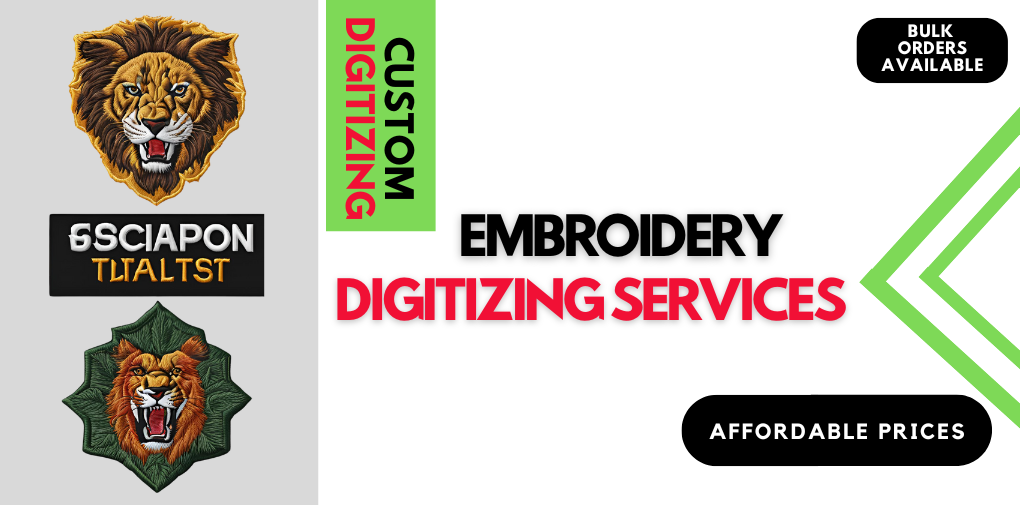If you’re serious about embroidery, you already know that the final output depends not just on your machine, but on the software behind it. Choosing the best software for digitizing embroidery is critical to producing clean, professional, and high-quality results.
With several options available, it can be overwhelming to decide which software is right for you. In this guide, we’ll cover the best digitizing software for embroidery in 2025 to help you make an informed choice based on your needs and budget.
Why Embroidery Digitizing Software Matters
Embroidery digitizing software acts as the brain behind your embroidery machine. It translates artwork into a format (such as .PES or .DST) that embroidery machines understand, assigning each line and curve a specific stitch type, length, and direction.
The better the digitizing, the smoother and more accurate your stitch-out will be.
Top Recommendations: Best Digitizing Software for Embroidery
1. Wilcom Embroidery Studio
Wilcom is widely considered the most advanced and reliable software in the industry. With full manual and auto-digitizing tools, vector support, and extensive stitch editing features, it’s built for professionals and businesses.
-
Pros: Professional-level control, TrueView simulation, regular updates
-
Cons: High cost, Windows only
-
Best For: Commercial embroidery businesses
2. Hatch Embroidery Software
Created by the same company behind Wilcom, Hatch offers powerful features in a more accessible interface. It includes auto-digitizing, lettering tools, and a drag-and-drop interface perfect for beginners and hobbyists.
-
Pros: Intuitive UI, great tutorials, versatile
-
Cons: Still Windows only
-
Best For: Beginners to intermediate digitizers
3. Embird
Embird stands out for its modular pricing structure, allowing users to add only the features they need. It supports a wide range of file types and includes tools for photo stitch, font editing, and design splitting.
-
Pros: Affordable, flexible modules, large user base
-
Cons: UI is less modern, learning curve
-
Best For: Users seeking customization and affordability
4. SewArt
SewArt is a lightweight, beginner-friendly digitizer. It’s not packed with professional tools, but it does a great job converting clipart and basic images into embroidery files.
-
Pros: Easy to use, affordable, free trial
-
Cons: Limited editing features
-
Best For: Hobbyists and new users
5. Chroma by Ricoma
Chroma is a newer but fast-growing digitizing software known for its modern interface and built-in tutorials. It's compatible with most embroidery machines, not just Ricoma.
-
Pros: Cloud-based licensing, simple learning curve
-
Cons: Limited advanced features
-
Best For: Small businesses and beginners
Key Factors When Choosing Embroidery Digitizing Software
-
Skill Level: Choose software that matches your experience. Auto-digitizing tools are ideal for beginners.
-
Machine Compatibility: Confirm that the software supports your embroidery machine’s file formats.
-
Platform Support: Most top software is Windows-based. Mac users need to ensure compatibility or use virtualization.
-
Support and Community: Software with active forums, tutorials, and customer service can speed up your learning curve.
Conclusion
Whether you're starting a home embroidery business or managing a full production studio, investing in the best software for digitizing embroidery is a decision that pays off in both quality and efficiency. From Wilcom’s professional toolkit to Hatch and SewArt’s beginner-friendly platforms, there’s a solution for every type of user.
Take the time to explore your options, try free demos where possible, and choose the best digitizing software for embroidery that aligns with your creative goals and workflow.
